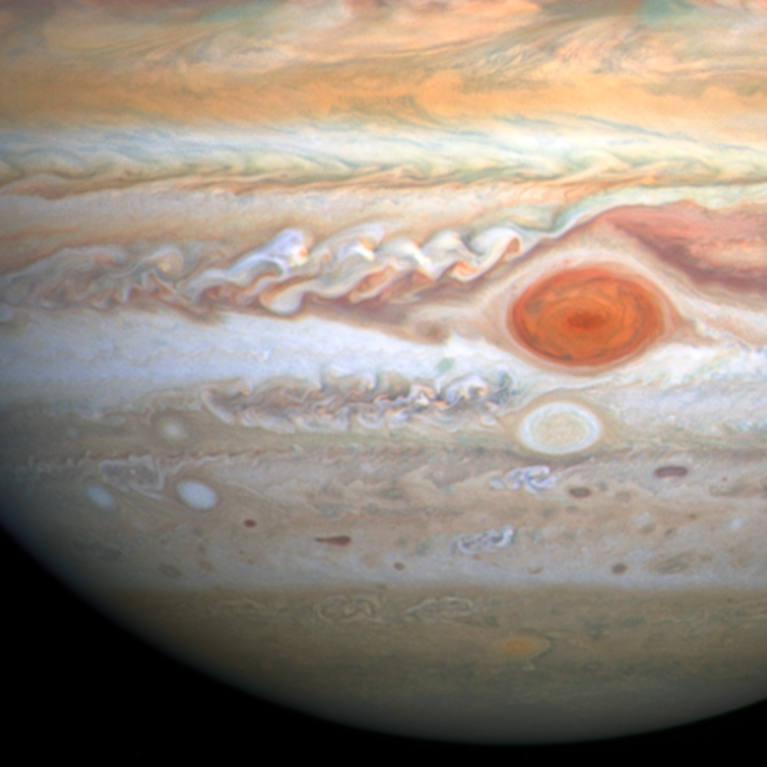
Venus might be habitable today, if not for Jupiter
Venus might not be a sweltering, waterless hellscape today if Jupiter hadn’t altered its orbit around the sun, according to new UC Riverside research. Jupiter has a mass that is two-and-a-half times that of all other planets in our solar system — combined. Because it is comparatively gigantic, it has the ability to disturb other...
By Jules Bernstein | UCR News |

Surprising number of exoplanets could host life
Our solar system has one habitable planet — Earth. A new study shows other stars could have as many as seven Earth-like planets in the absence of a gas giant like Jupiter. This is the conclusion of a study led by UC Riverside astrobiologist Stephen Kane published this week in the Astronomical Journal. The search...
By Jules Bernstein | UCR News |

Newly discovered planet zips around baby star in a week
Understanding how planets form is one of the main challenges scientists face when placing our own and other planetary systems in context. Planets are thought to form from the disk-shaped clouds of gas and dust that surround newborn stars, but this process has never been observed. Astronomers normally only observe planets after they have already...
By Holly Ober | UCR News |
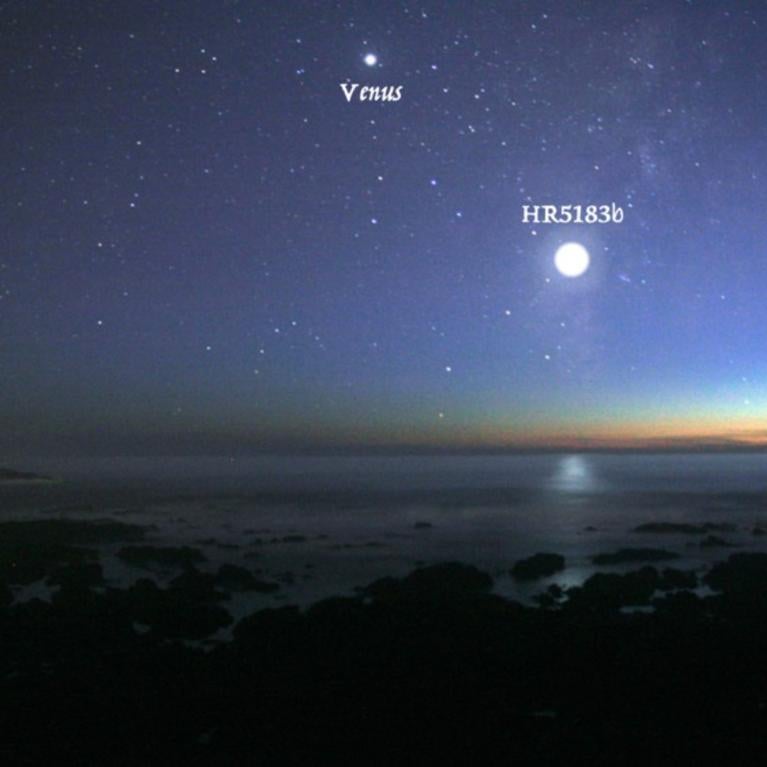
The most spectacular celestial vision you’ll never see
Contrary to previous thought, a gigantic planet in wild orbit does not preclude the presence of an Earth-like planet in the same solar system – or life on that planet. What’s more, the view from that Earth-like planet as its giant neighbor moves past would be unlike anything it is possible to view in our...
By Jules Bernstein | UCR News |
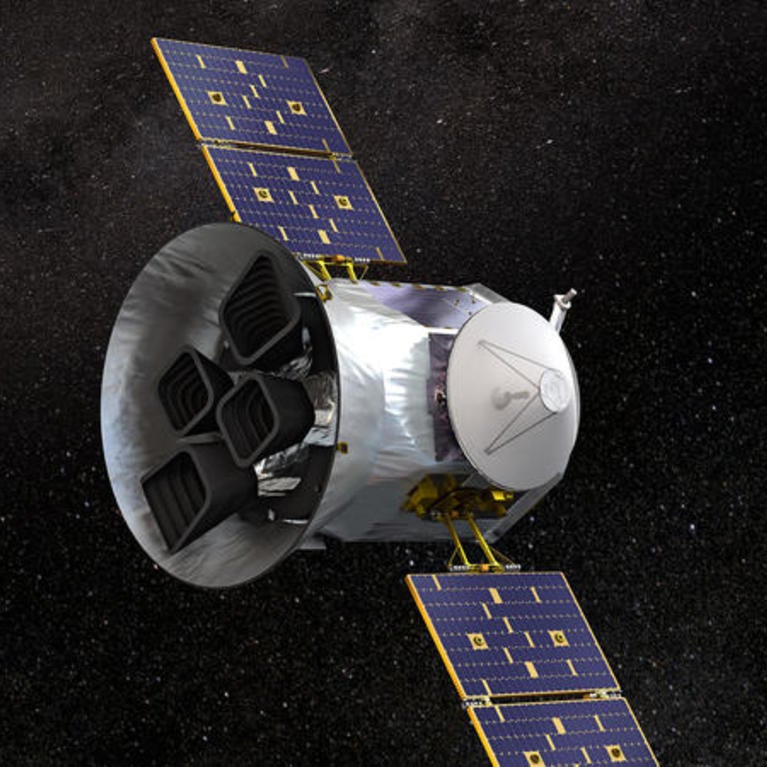
NASA’s TESS mission finds ‘missing link’ planets
NASA’s newest planet-hunting satellite has discovered a type of planet missing from our own solar system. Launched in 2018, the Transiting Exoplanet Survey Satellite, or TESS, has found three new worlds around a neighboring star. Stephen Kane, a UC Riverside associate professor of planetary astrophysics, says the new star system, called TESS Object of Interest...
By Jules Bernstein | UCR News |

Campus to celebrate 50th anniversary of historic Moon landing
This year marks the 50th anniversary of the historic Apollo 11 Moon mission. To celebrate, the University of California, Riverside, is hosting a free public event on Thursday, July 11, from 6:30-9:30 p.m. Attendees will have an opportunity to learn more about the Apollo 11 legacy, as well as current missions to our solar-system’s planets...
By Iqbal Pittalwala | UCR News |
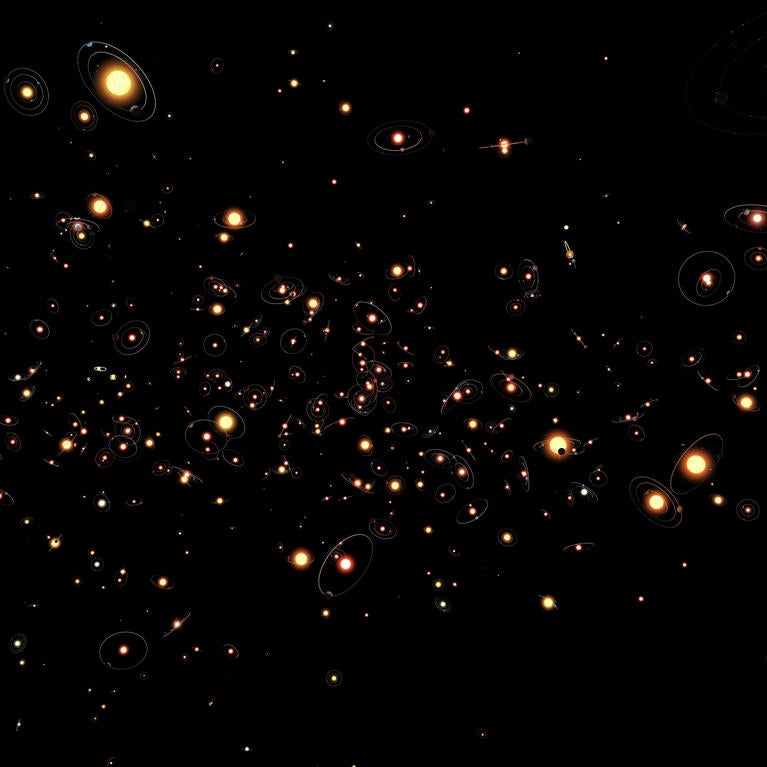
Star tours
Astronomers have a new tool in their search for extraterrestrial life – a sophisticated bot that helps identify stars hosting planets similar to Jupiter and Saturn. These giant planets’ faraway twins may protect life in other solar systems, but they aren’t bright enough to be viewed directly. Scientists find them based on properties they can...
By Jules Bernstein | UCR News |

Meteor magnets in outer space
Astronomers believe planets like Jupiter shield us from space objects that would otherwise slam into Earth. Now they’re closer to learning whether giant planets act as guardians of solar systems elsewhere in the galaxy. A UCR-led team has discovered two Jupiter-sized planets about 150 light years away from Earth that could reveal whether life is...
By Jules Bernstein | UCR News |

Omega centauri unlikely to harbor life
Searching for life in the vast universe is an overwhelming task, but scientists can cross one place off their list. Omega Centauri — a densely packed cluster of stars in our galactic backyard — is unlikely to be home to habitable planets, according to a study by scientists at the University of California, Riverside, and...
By Sarah Nightingale | UCR News |
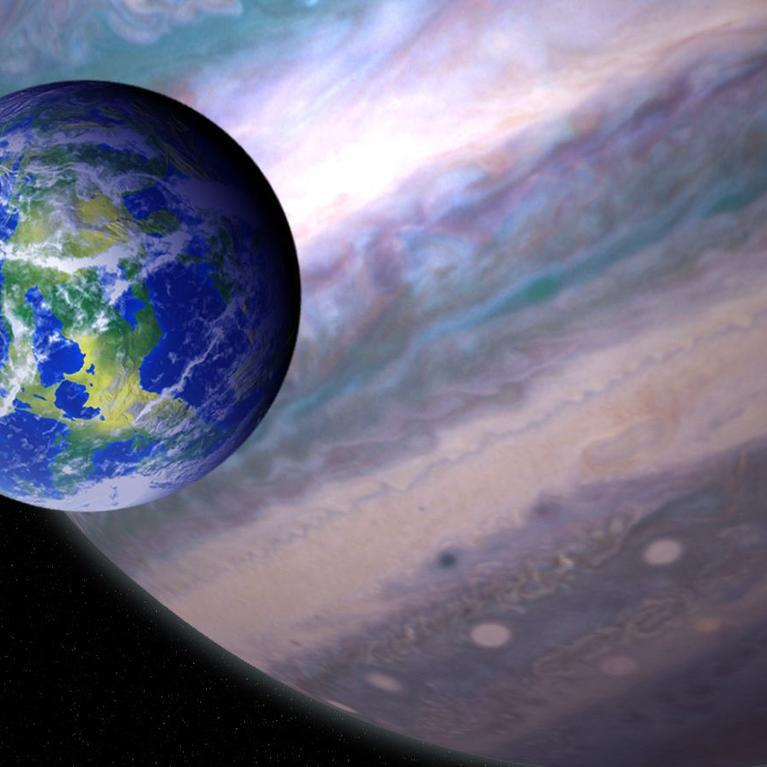
Distant moons may harbor life
We’ve all heard about the search for life on other planets, but what about looking on other moons? In a paper forthcoming in The Astrophysical Journal, researchers at the University of California, Riverside and the University of Southern Queensland have identified more than 100 giant planets that potentially host moons capable of supporting life. Their...
By Sarah Nightingale | UCR News |
Let us help you with your search